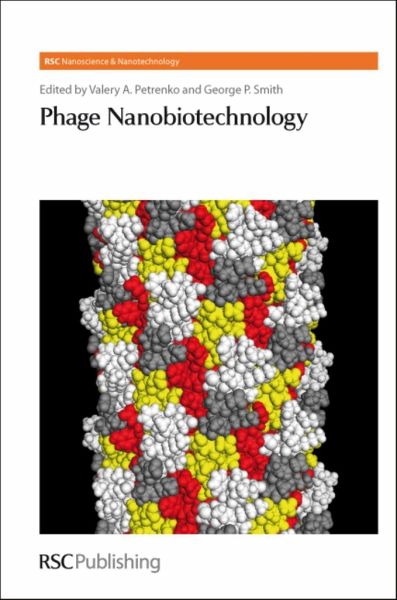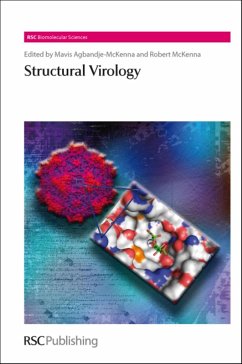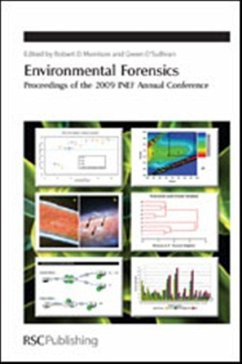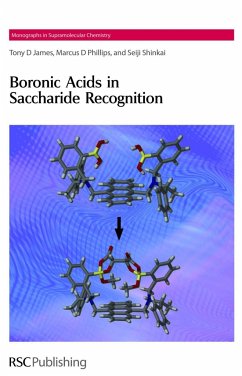
Phage Nanobiotechnology
Versandkostenfrei!
Versandfertig in über 4 Wochen
152,99 €
inkl. MwSt.

PAYBACK Punkte
76 °P sammeln!
Bacteriophages have recently emerged as a result of the evolution of phage display techniques. In opposite to other nanomaterials, the bacteriophages have a unique feature: their structure and function are encrypted in their genomic DNA, which can be intentionally modified or even rewritten using routine genetic engineering techniques. Recently, phage - as a new kind of nanomaterial has attracted attention of specialists working in the boundaries of the field and even further afield from genetics and molecular biology, such as pharmaceutical science, material science, microelectronics, biosens...
Bacteriophages have recently emerged as a result of the evolution of phage display techniques. In opposite to other nanomaterials, the bacteriophages have a unique feature: their structure and function are encrypted in their genomic DNA, which can be intentionally modified or even rewritten using routine genetic engineering techniques. Recently, phage - as a new kind of nanomaterial has attracted attention of specialists working in the boundaries of the field and even further afield from genetics and molecular biology, such as pharmaceutical science, material science, microelectronics, biosensors, detection, environmental sciences, etc. This comprehensive book, of value to researchers in all fields, brings the phage display technique closer to specialists in areas of medicine, science and technology, where phage-derived nanomaterials can be most beneficial.












